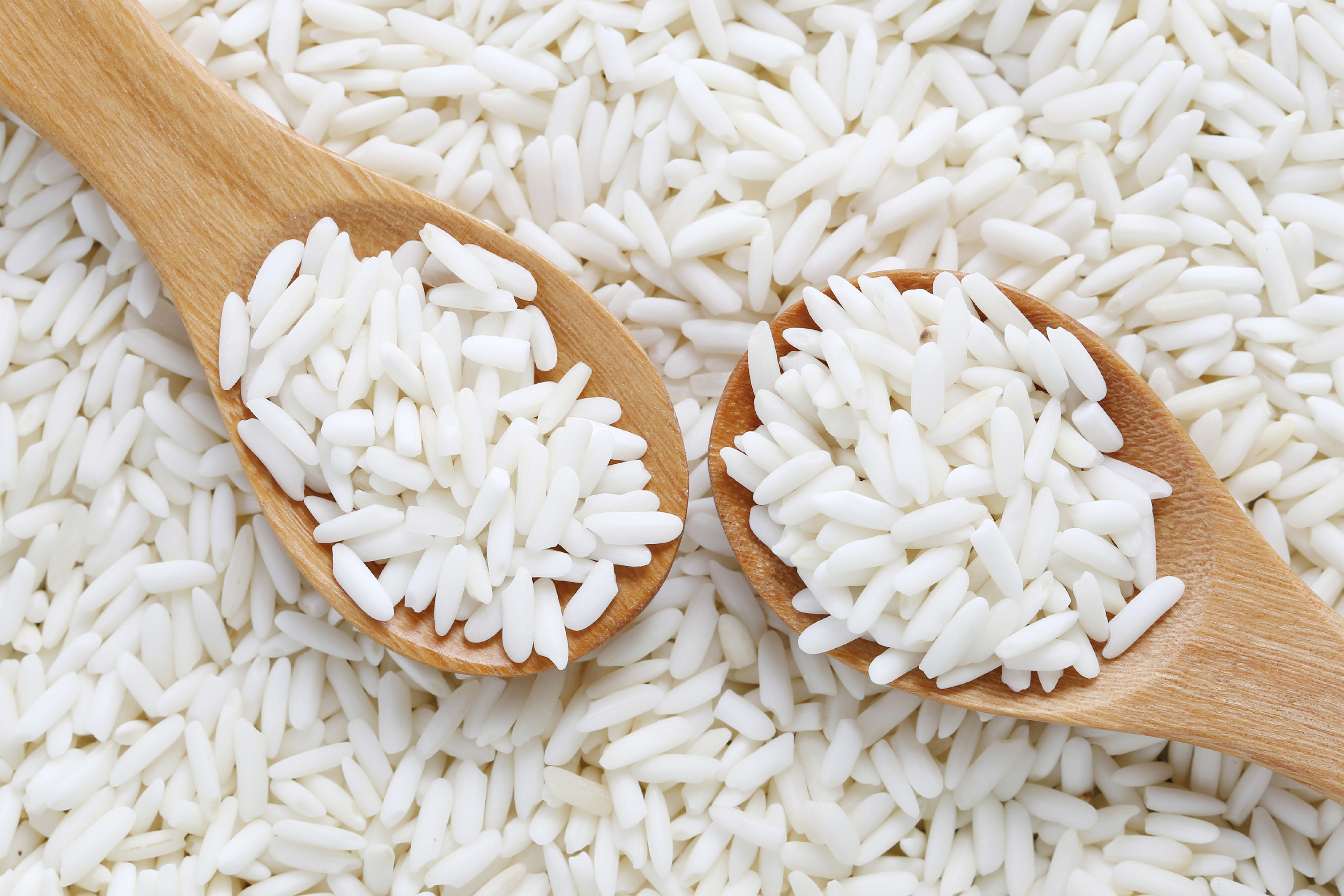Dok Mali 105 is one of Thailand's most iconic and internationally acclaimed rice varieties. Officially certified on May 25, 1959, this premium jasmine rice is cultivated in the northeastern region of Thailand, where the unique combination of sandy soils and alternating dry-humid climate contributes to its exceptional characteristics.
As a photoperiod-sensitive variety grown during the rainy season, planting begins between July and August, with harvest taking place from November to December. Dok Mali 105 is renowned for its pure white grains, delicate pandan like aroma, silky texture, and minimal chalk content. When cooked, the rice becomes soft, aromatic, and tender qualities that make it a premium choice for discerning customers worldwide.



